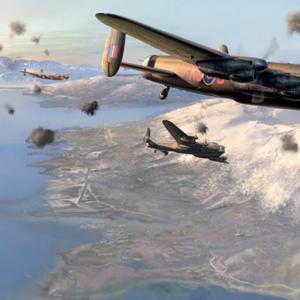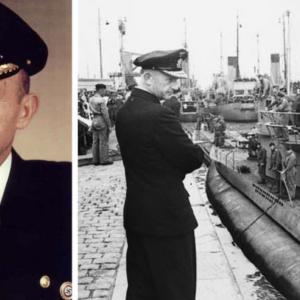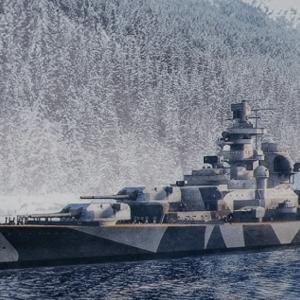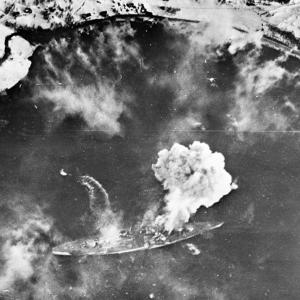
Kriegsmarine Insignia
The Kriegsmarine badge was one of the most distinctive emblems produced by Nazi Germany’s naval forces during the Second World War. Instituted to recognise service, skill, and achievement within the German Navy, these badges were not merely decorative items but carried a strong sense of pride and identity among sailors and officers who served at sea and along the coastlines of occupied Europe.
The origins of the Kriegsmarine badges can be traced back to the reformation of the German armed forces under Adolf Hitler in the mid-1930s. With the establishment of the Kriegsmarine in 1935, replacing the Reichsmarine of the Weimar Republic, new insignia and awards were required to reflect the modernised, nationalistic image of the regime. The task of designing these emblems was entrusted to Professor Richard Klein, a noted German artist and sculptor who was responsible for many of the Nazi-era military decorations. Klein’s work was characterised by his ability to combine traditional symbolism with the stark, imposing style favoured by the National Socialist government. He created designs that drew inspiration from Imperial German naval traditions while incorporating the Nazi eagle and swastika, symbols of the Third Reich’s power and ideology.
The production of these badges was carried out by several private manufacturing firms throughout Germany, all working under strict government contracts. Among the most prominent of these were firms such as C.E. Juncker of Berlin, Schwerin & Sohn of Berlin, and Foerster & Barth of Pforzheim. Each of these companies had extensive experience in producing military insignia and medals, dating back to the First World War. The badges were typically struck in tombac or zinc, with earlier examples showing higher craftsmanship and better materials. As the war progressed and resources became scarce, later badges often displayed a duller finish and lower quality of manufacture. The reverse side of each badge often bore the maker’s mark, allowing for identification of its origin and sometimes giving collectors today a means to trace the piece to a particular manufacturer.
The Kriegsmarine issued several types of badges, each corresponding to a specific branch or achievement within the naval service. These included the U-Boat War Badge, the Destroyer War Badge, the Minesweeper War Badge, the High Seas Fleet Badge, and several others awarded to coastal artillery, auxiliary cruisers, and naval combat units. They were typically worn on the lower left breast pocket of the naval tunic, below other awards such as the Iron Cross. For many sailors, earning a Kriegsmarine badge symbolised not only technical proficiency or participation in naval engagements but also personal bravery and endurance in harsh and often fatal conditions at sea.
These emblems became an important part of the visual identity of the German Navy during the Second World War. They combined the maritime traditions of Germany with the militaristic aesthetic of the Nazi regime, serving as both a personal decoration and a propaganda tool. After the war, production of these badges ceased with the dissolution of the German armed forces, but surviving examples remain prized among military historians and collectors for their design, craftsmanship, and historical significance.










